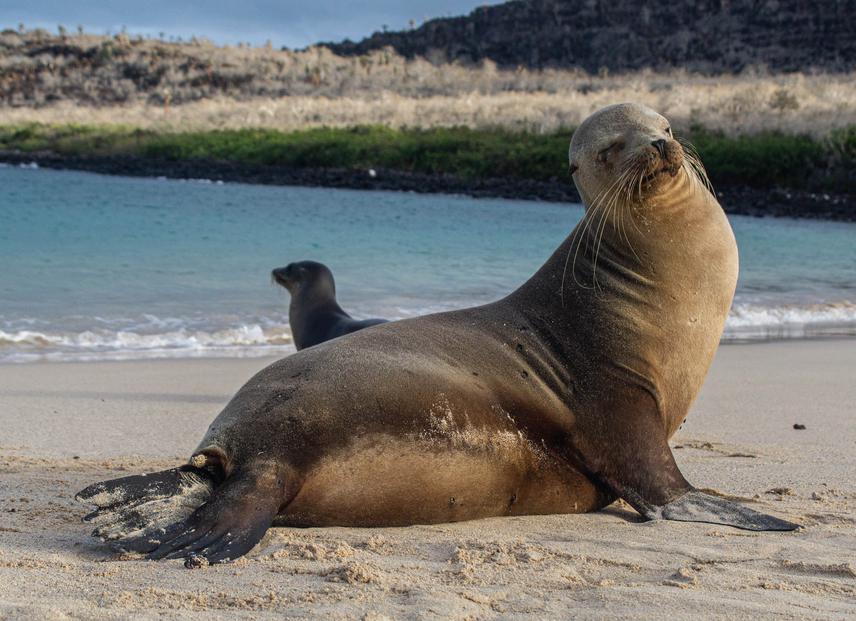Andrés Moreira-Mendieta
Other projects
21 Apr 2021
Assessing the Presence of Microplastics in Galapagos Sea Lions’ Scats as a Bioindicator of Pollution in the Galapagos Marine Reserve
The Galapagos sea lion is an emblematic species for the Galapagos archipelago, classified as endangered by the International Union for Conservation of Nature (IUCN) due to population declines of 60% between 1978 and 2001. The main threats that have caused these drastic reductions are linked to changes in ocean temperature (driver for the availability of food resources), and the interaction of multiple anthropogenic stressors. Microplastic pollution is a concerning anthropogenic threat in the Galapagos since novel research has recently detected synthetic particles in several species and ecosystems from the archipelago, including in the south-eastern populations of the Galapagos sea lion. However, the evidence of microplastic exposure in this species is spatially limited to a single region, and potential bioaccumulation and biomagnification routes are yet to be explored since microplastics are vectors of chemical contaminants and can pose a health risk. Microplastic incidence is tightly related to diet since top predators acquire these particles most likely through trophic processes. Therefore, marine debris pollution and the feeding patterns of the Galapagos sea lion are aspects that need extensive research to propose long-term conservation programs for this pinniped to tackle microplastic pollution.

The Galapagos sea lion, an endemic and endangered species from the Galapagos archipelago. © Andrés Moreira-Mendieta.
The western region of the Galapagos (i.e., Isabela and Fernandina Islands) is home to the most productive waters of the archipelago and is one of the world's marine biodiversity hotspots, with conditions that provide unique ecological and evolutionary contexts for resident species. Galapagos sea lions in this region have distinctive biological characteristics compared to populations elsewhere in the archipelago, and yet are exposed to microplastic pollution. Several information gaps remain unexplored to comprehensively address the threats to the populations of this species.
Therefore, microplastics intake along with the diet of major Galapagos sea lion rookeries from the western region of the archipelago will be evaluated through scat-based analysis to determine whether these contaminants bioaccumulate and what dietary elements mediate this process. Considering that microplastics are ubiquitous in the world's oceans and act like any other chemical pollutant, it is hypothesized that plastic debris does bioaccumulate in top marine predators, especially in those animals that select prey from higher trophic levels.
Header: Galapagos sea lion pup from the western region, co-existing with individuals of the endemic Galapagos marine iguana. © Andrés Moreira-Mendieta.